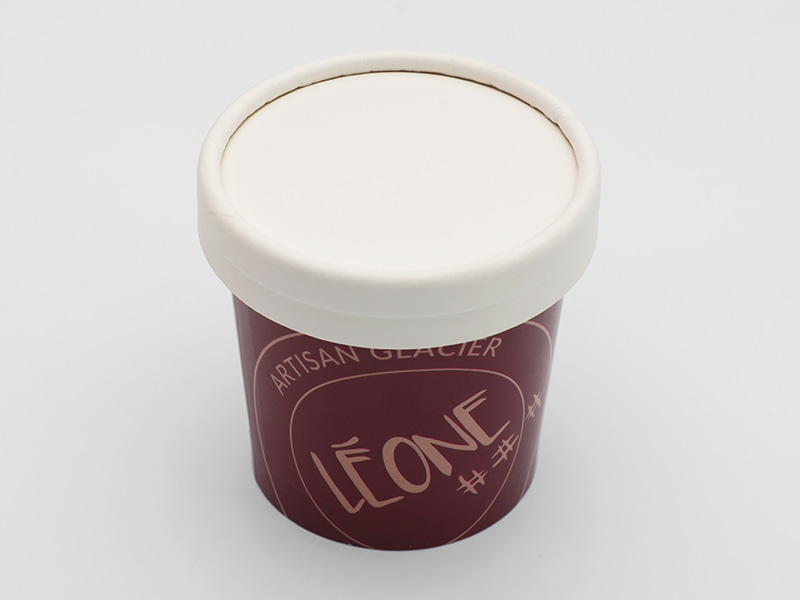In recent years, the environmental impact of our consumption habits has garnered increasing attention, prompting industries to reconsider their practices and materials. One notable arena of this shift is the food packaging industry, where the choice between paper ice cream cups and traditional plastic cups has gained prominence as a crucial factor in determining environmental sustainability. This article delves into the comparison between paper ice cream cups and traditional plastic cups, examining their respective environmental footprints, lifecycle impacts, and broader implications for the planet.
Environmental Footprint:
At first glance, paper ice cream cups hold a distinct advantage over their plastic counterparts when it comes to the environmental footprint. Paper is derived from a renewable resource—trees—and is biodegradable, making it inherently less damaging to the environment compared to petroleum-based plastics. The production of paper ice cream cups involves fewer carbon emissions and requires less energy compared to plastic cups, which demand energy-intensive processes like polymerization.
In contrast, traditional plastic cups are derived from fossil fuels and have a more significant ecological impact. The extraction, refinement, and manufacturing of plastics release greenhouse gases, contributing to climate change and depleting finite resources. Moreover, plastic cups, once disposed of, often linger in the environment for decades, causing pollution, harming wildlife, and affecting ecosystems.
Lifecycle Impacts:
The environmental sustainability of any product extends beyond its initial creation. Analyzing the entire lifecycle of paper ice cream cups and plastic cups reveals additional insights into their comparative sustainability.
Starting with
paper ice cream cups, the raw material extraction and production processes have a comparatively lower ecological impact. Manufacturers typically source paper from sustainably managed forests or recycled paper, further reducing deforestation and promoting responsible resource management. The manufacturing process for paper cups involves fewer chemical treatments and energy-intensive steps compared to plastic cups. Moreover, advancements in water-based coatings have addressed moisture resistance issues, eliminating the need for harmful chemical coatings.
On the other hand, the lifecycle of traditional plastic cups entails several environmentally detrimental stages. The extraction and processing of fossil fuels for plastic production emit pollutants and contribute to environmental degradation. Manufacturing plastic cups involves multiple energy-intensive processes, including polymerization and molding. Once in circulation, plastic cups are non-biodegradable and pose significant challenges for recycling due to various plastic types and contamination issues.

Broader Implications:
The choice between paper ice cream cups and traditional plastic cups goes beyond the individual product. It has broader implications for waste management, resource conservation, and consumer awareness.
Paper ice cream cups contribute to a circular economy through their biodegradability and potential for recycling. Proper disposal methods, such as composting, lead to their decomposition and return to the ecosystem as beneficial organic matter. Furthermore, as consumers become more environmentally conscious, businesses adopting paper cups can enhance their image and customer loyalty by aligning with sustainable practices.
In contrast, the prevalence of traditional plastic cups perpetuates a linear economy, where products are often designed for single-use and end up in landfills or oceans. Their persistence in the environment contributes to the growing plastic pollution crisis, with microplastics infiltrating ecosystems and posing risks to aquatic life and human health. Addressing this issue requires not only changes in material choice but also shifts in consumer behavior and waste management strategies.
In the comparison between paper ice cream cups and traditional plastic cups, paper cups emerge as the more environmentally sustainable choice. Their lower environmental footprint, renewable sourcing, biodegradability, and potential for recycling position them as a responsible alternative to plastic cups. Paper ice cream cups not only reduce the negative impacts associated with plastic production and disposal but also contribute to the establishment of a circular economy.
However, the transition from plastic to paper is not without challenges. Businesses need to consider factors like cost, availability of raw materials, and consumer perceptions. Nonetheless, as society's emphasis on sustainability intensifies, the choice between paper ice cream cups and plastic cups becomes a pivotal decision for industries, reflecting their commitment to mitigating environmental impacts and securing a healthier planet for future generations.
